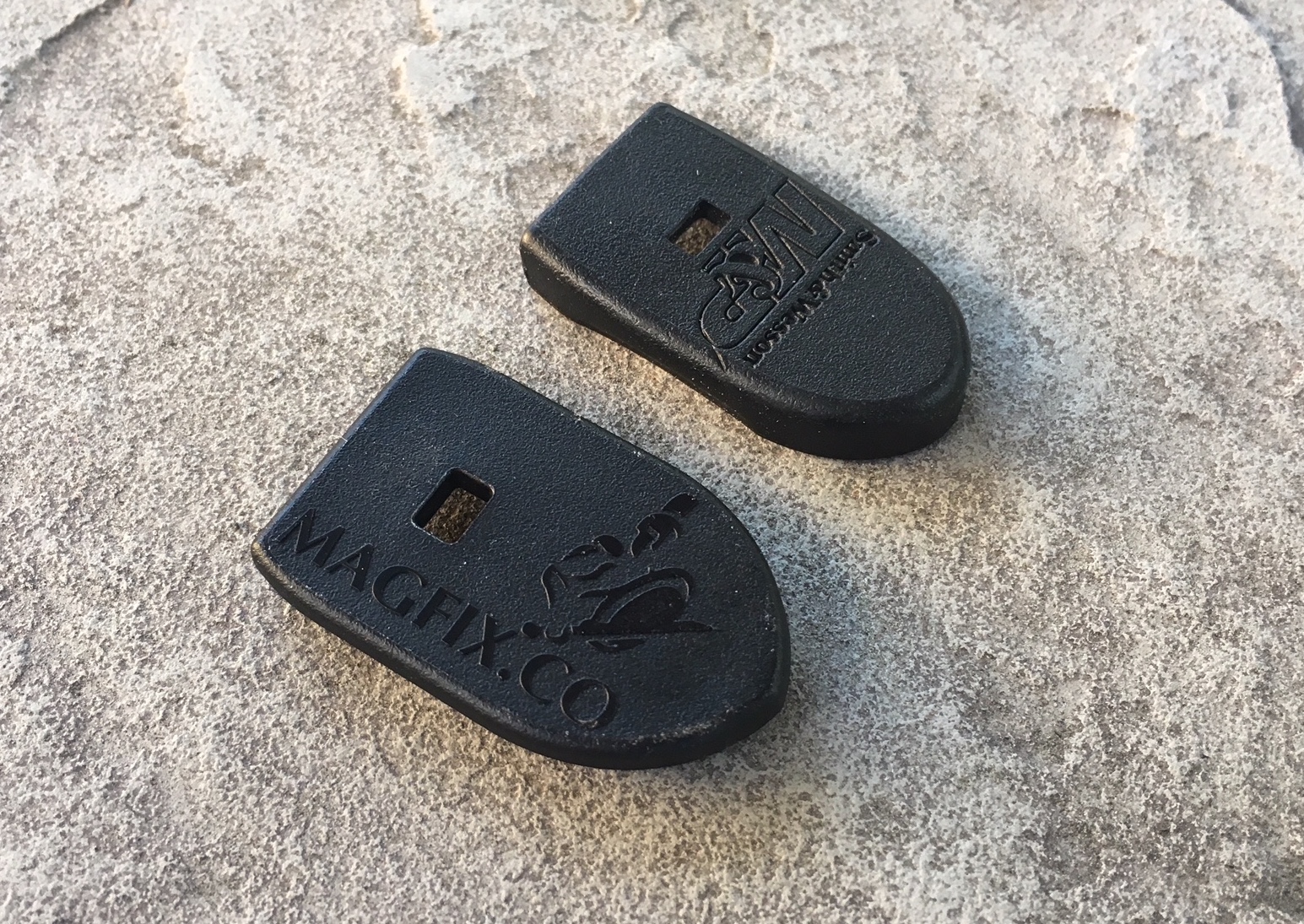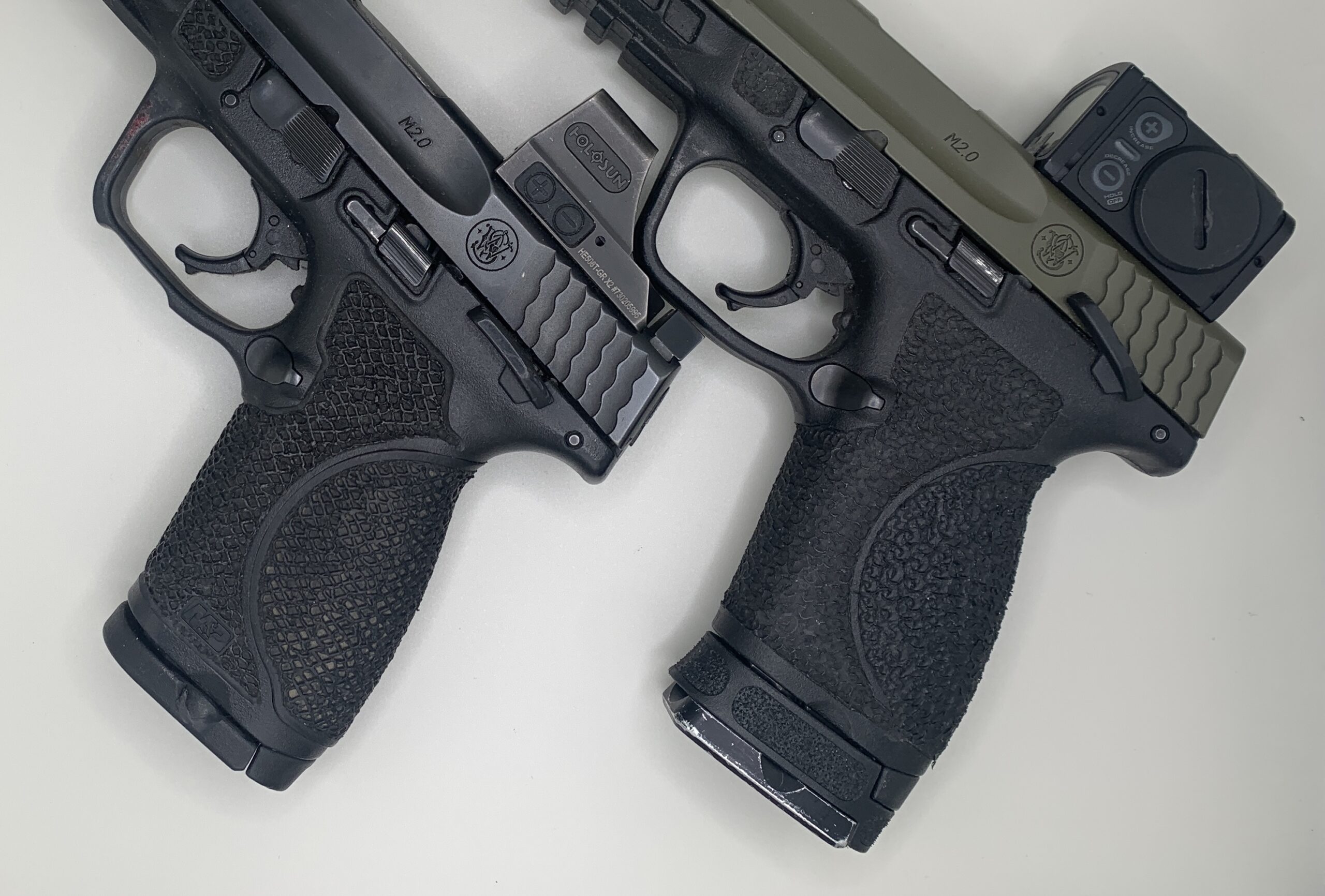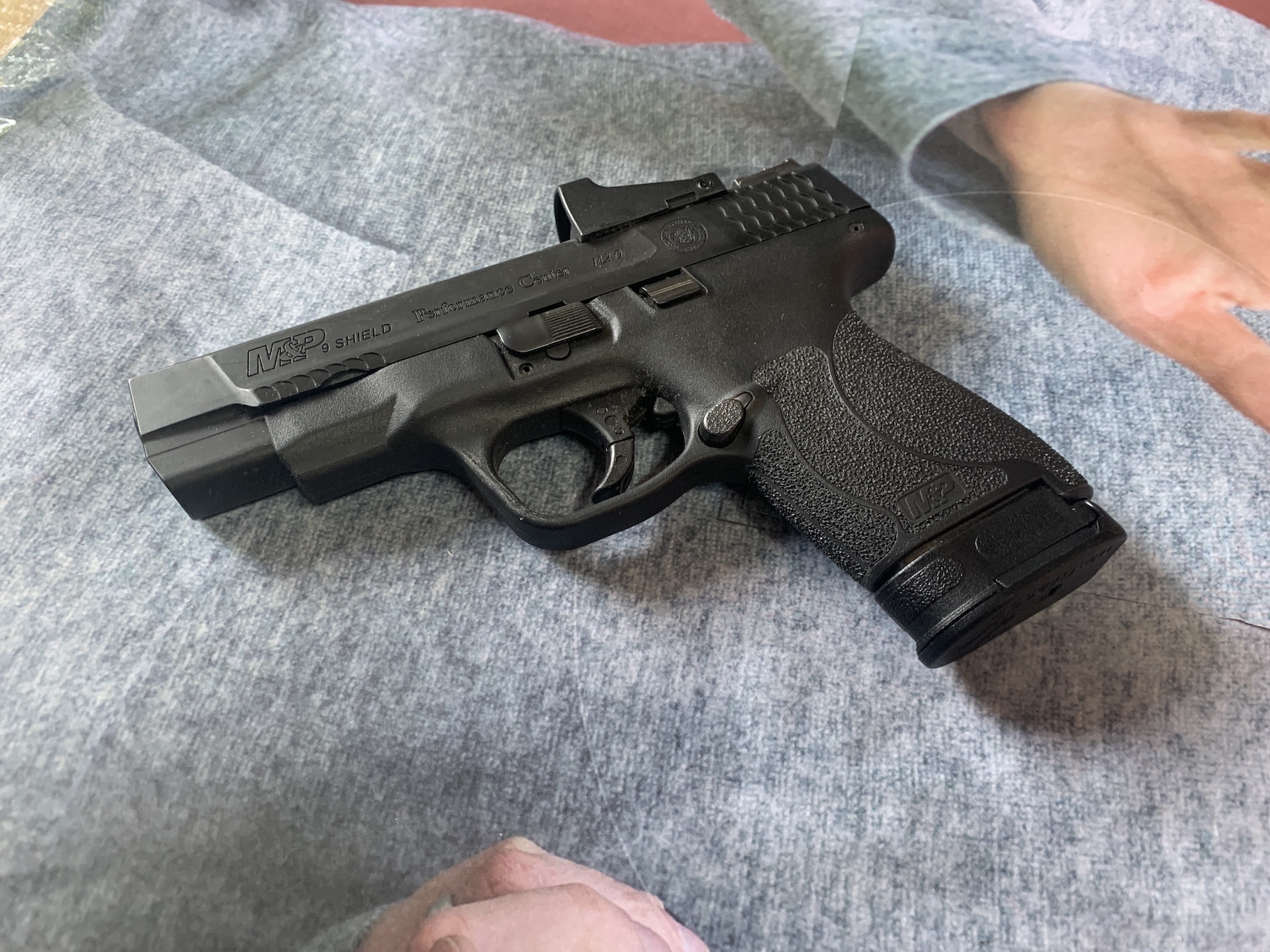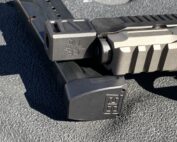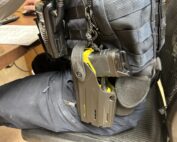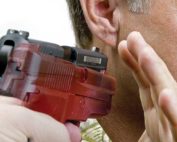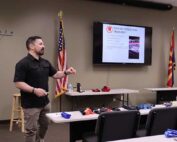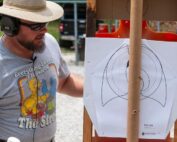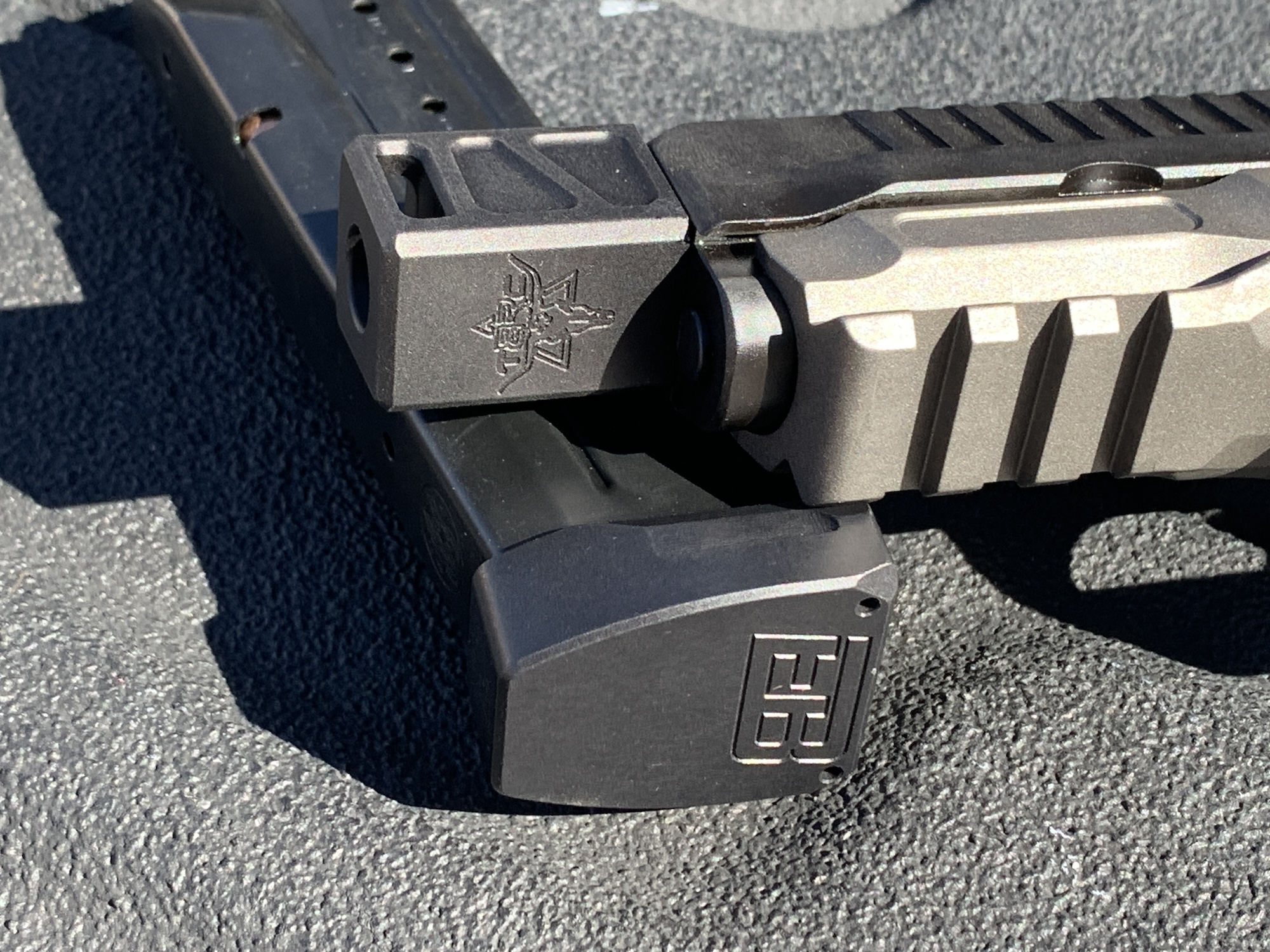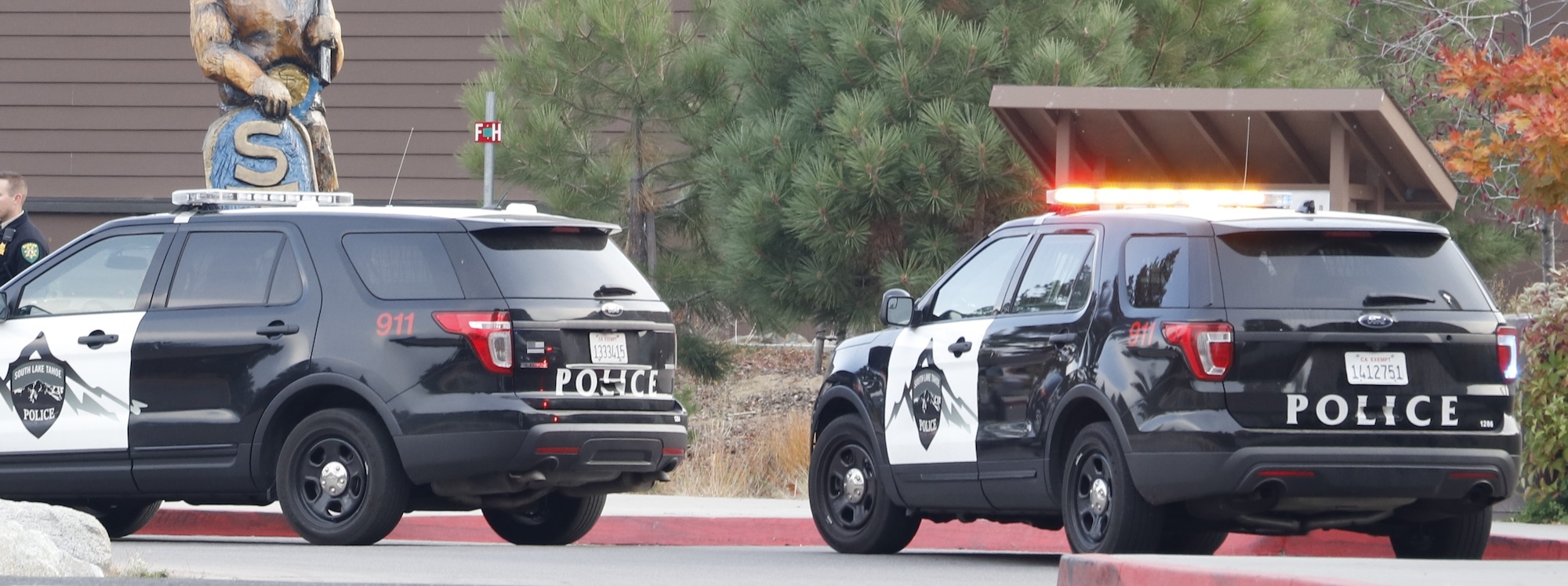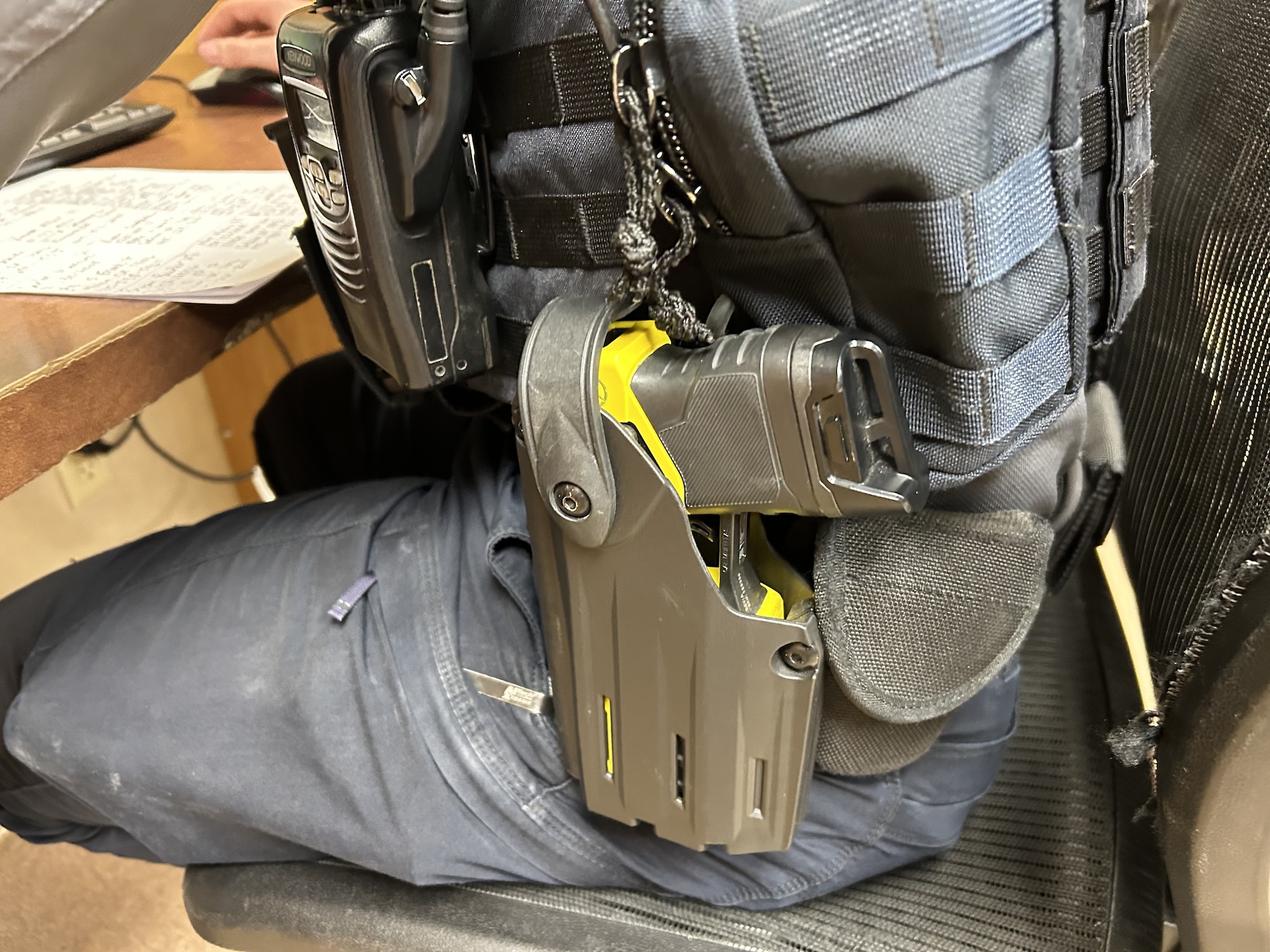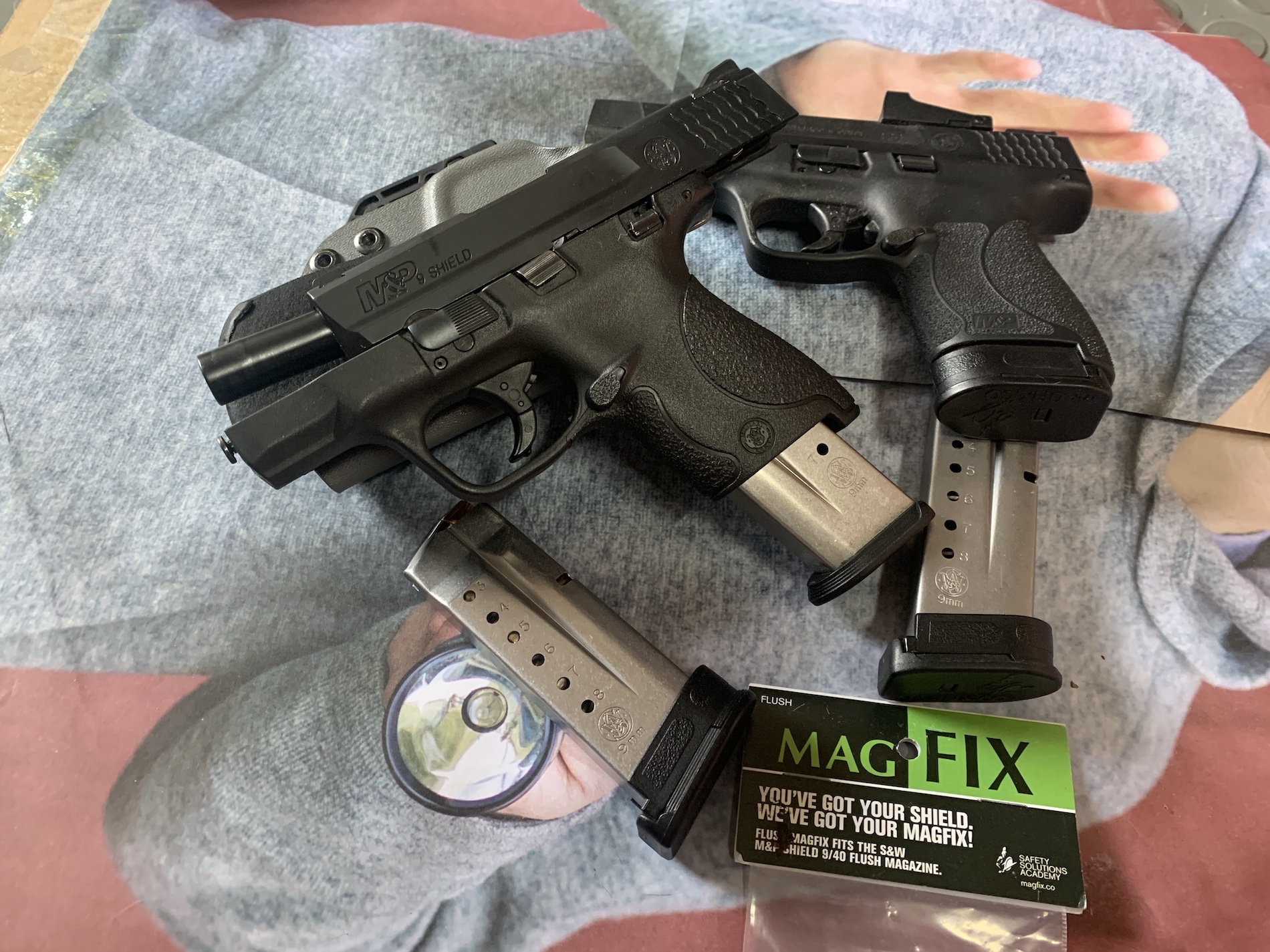
feature_6363
In addition to death and taxes, I can add two more things to the “near certainty” list. One is that small and mid-size frame pistols can be easier to conceal, and the other is that, even with my smaller hands, having some form of extension on the magazine makes them easier to shoot.
My first small pistol was a Colt .380ACP Mustang that the late Doug McDougall heavily worked over. At best, I could get my thumb, middle, and ring finger on the frame – while my index finger hit the slide or trigger. While it was never difficult to shoot, the shorter frame adversely affected my accuracy. Sadly, I never have explored the impact a longer magazine with greater capacity would have. As a side note, when that pistol was completed, it looked like my Combat Elite (another Colt 1911A1 model) had shrunk after being washed in hot water one too many times.
For several years after that, I stayed with full or mid-size pistols – even while on a federal narcotics task force.
Eventually, I moved from the 1911 platform to Smith & Wesson’s re-introduced M&P line, both 1.0 and later the 2.0. In addition to the duty-size pistols in each generation, I used the 1.0 compact (an 12+1 round gun), 2.0 compacts (15+1 rounds), and two Shields, nominally 7+1 or 8+1 rounds.
While my preference for handguns tilts toward the M&P line, several manufacturers more than take care of the market. For the last couple of years that I carried a 1911, I used 10-round Chip McCormick extended magazines as my spares. When I carried a Glock 17 pistol, I used aftermarket magazine extensions from the Henning Group and Taran Tactical.
For my full-size M&Ps, I carried my spare magazines with aftermarket extensions from Floyd’s Custom Shop and the already mentioned Taran Tactical. There are an additional five (5) rounds in that Taran offering, while those from Floyds hold two (2) more rounds. Other offerings of theirs hold up to six more.

M&P 2.0 Compact with a standard 15-round magazine, another 17-round magazine with an adapter, and another full-size with an after-market extension.
With my 2.0 Compacts, I carry magazines with the factory-supplied baseplate in the pistol. My reloads are full-size 17-round magazines, and I will use Smith’s grip extender sleeve on them. I’m far less concerned about the cosmetics than the performance. The grip extenders let me get a complete firing grip on the compact’s frame. This is the same outcome I had when using an extension, regardless of design, when I carried a Glock 19 off-duty.
My other off-duty pistol is a 4” Shield from Smith’s Performance Center. The Shield ships with two magazines, one holding seven (7) rounds while the other holding eight (8) rounds. I use the eight-round versions for carry in the pistol. I replaced the factory base pads with an aftermarket design developed and produced by Paul Carlson of Safety Solutions Academy. Those replacement pads give me a better grip while still concealing quite effectively. My spare carry magazines all have two shot extensions from Tyrant Designs.
This past weekend I was at the RangeMaster yearly tactical conference, aka – TacCon 2023 – as a presenter, and I could squeeze in some classes. Since I use the M&P compact far more frequently than a full-size pistol, I took the classes with it. One was Advanced Covert Carry Techniques by Mike Green, and the other was One Hand Success taught by Tim Herron. Green comes from an Army Special Forces background, while Tim is a USPSA grand master shooter. Both classes involved a significant amount of dry practice before going into the live fire portions. While I normally use a “Dry Fire” Magazine at home and can get a full, uncompromised grip on my pistols, that was not the case during these courses. The absence of a stock, standard-length base pad was very noticeable during the dry practice. Upon seating a magazine, regardless of base pad length, the benefit of it – from initially gripping my pistol during the draw through the post-engagement sequence – was noticed.
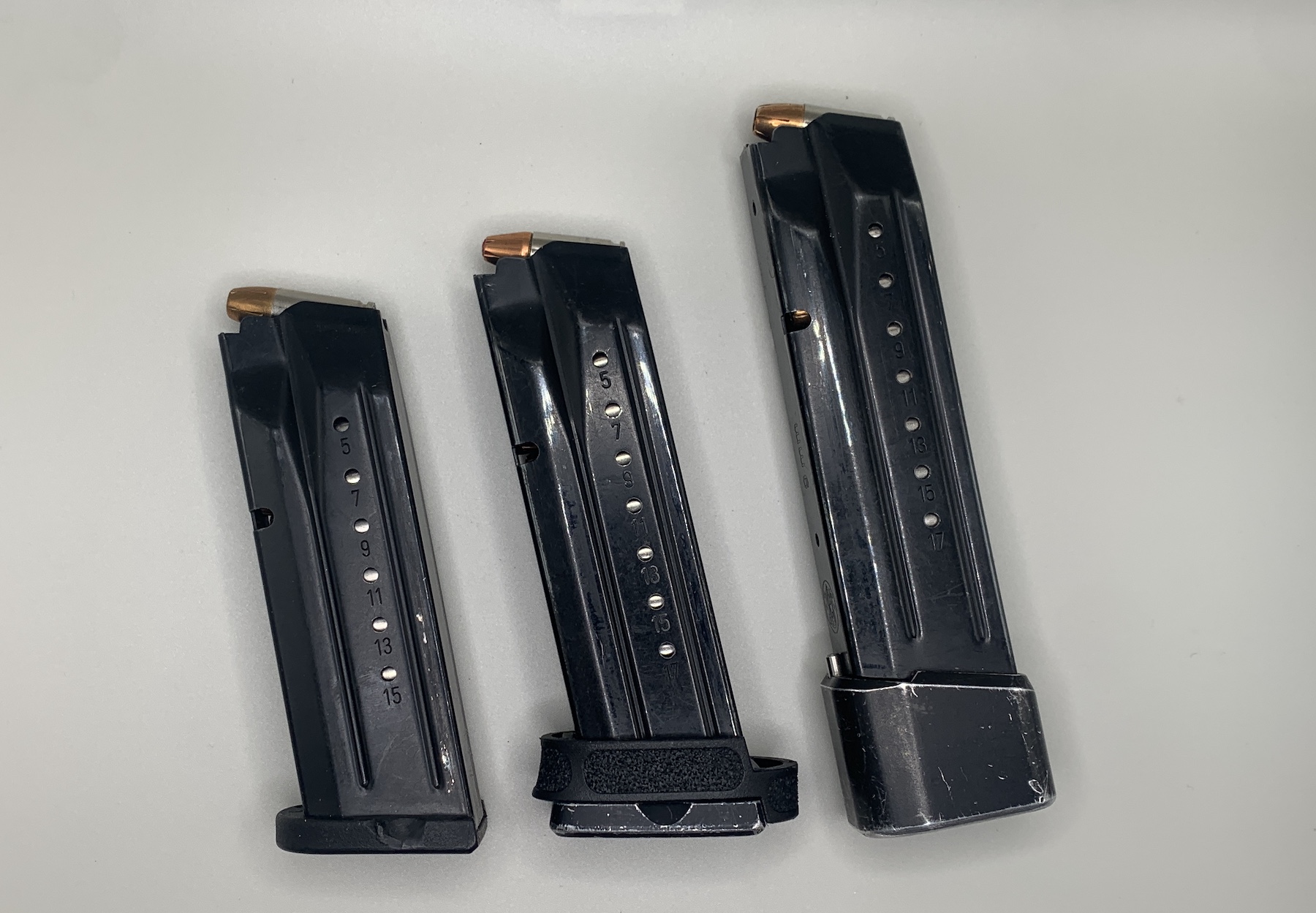
It doesn’t matter where the magazine came from; ensure it functions and is reliable before counting on it.
Cautionary notes – ensure that the magazine is at least as reliable with the extension on it as it was before you added it. If carrying an extended magazine on duty as a uniformed officer, I would strongly suggest using deeper magazine pouches to ensure you do not lose it.
Do you need an extension on your magazine? No, no, you don’t. Can it help you – through a better grip, increased recoil control, and potentially increased magazine capacity? Yes, yes, they can.
Resources:
https://www.brownells.com/search/?search=pistol+magazine+extensions
https://www.floydscustomshop.com/
https://www.henningshop.com/magazine_extensions_pr-9996.aspx
https://safetysolutionsacademy.com/

